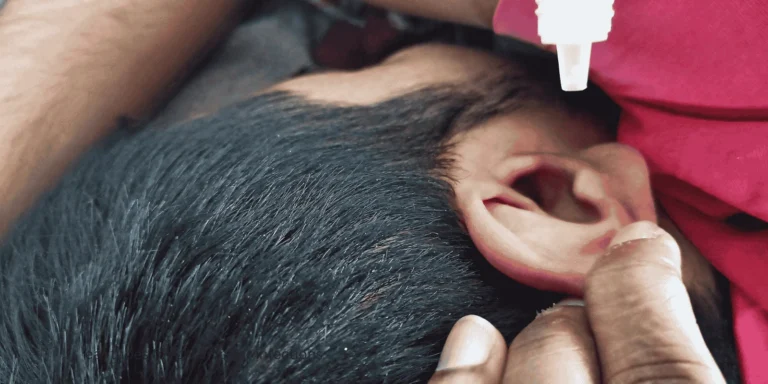If your child has had ear infection after ear infection, you’ve probably heard about ear tubes. These tiny cylinders inserted through the eardrum seem almost too simple to solve such a frustrating problem. But do they actually work?
The short answer is yes—for the right candidates, ear tubes work remarkably well.
What Ear Tubes Actually Do
The tubes create a permanent opening through the eardrum, allowing air to enter the middle ear space. This ventilation prevents fluid buildup that leads to infections.
Think of your middle ear like a room with no windows. When the only door (the eustachian tube connecting to your throat) gets blocked by swelling or congestion, fluid accumulates with nowhere to go. Bacteria love that trapped fluid.
Ear tubes essentially add a window, keeping the space ventilated and dry.
Who Benefits Most
Children who get three or more ear infections in six months, or four or more in a year, are good candidates for tubes. Kids with persistent fluid in their ears affecting hearing also benefit significantly.
I’ve seen children who were getting infections every month suddenly go years without a single infection after tubes. The difference can be dramatic.
Children whose ear infections aren’t responding well to antibiotics, or who can’t tolerate multiple antibiotic courses, often do much better with tubes.
Success Rates Are High
Studies show ear tubes reduce infection frequency by 60-80% in most children. That means dramatically fewer doctor visits, less missed school, fewer antibiotics, and much less pain and discomfort.
For children with hearing loss from persistent fluid, tubes typically restore normal hearing within days of placement. Parents often report their child’s speech and behavior improve noticeably once they can hear properly again.
The Procedure Is Quick
Placing ear tubes takes about 10-15 minutes under brief general anesthesia. Most children go home the same day and return to normal activities within 24 hours.
The tubes usually stay in place for 6-18 months before naturally falling out as the eardrum heals. Many children don’t need a second set because their eustachian tubes have matured enough by then to work properly.
Potential Downsides
Tubes require some precautions. Water in the ears during baths or swimming can lead to infection, though opinions vary on how strictly to avoid this. Some doctors recommend earplugs, others don’t.
A small percentage of children develop drainage from the tubes when they get upper respiratory infections. This is actually the tubes doing their job—draining fluid that would otherwise cause infection—but it requires antibiotic ear drops.
Rarely, tubes leave a small permanent hole in the eardrum when they fall out, though this usually doesn’t cause problems.
When Tubes Aren’t the Answer
Single isolated ear infections don’t warrant tubes. Neither do infections that respond well to antibiotics with long infection-free periods between episodes.
Adults rarely need tubes unless they have unusual eustachian tube problems or other specific conditions.
Making the Decision
Through telemedicine, I can review your child’s infection history and help determine if tubes might be appropriate. If they seem warranted, I’ll refer you to an ENT specialist for evaluation.
For children with frequent, severe infections, ear tubes often provide life-changing relief. The procedure is low-risk, and the benefits typically far outweigh any drawbacks.











